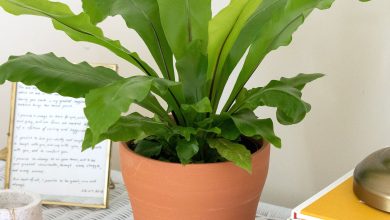Medlar Pests and Diseases: How to Identify and Treat Them
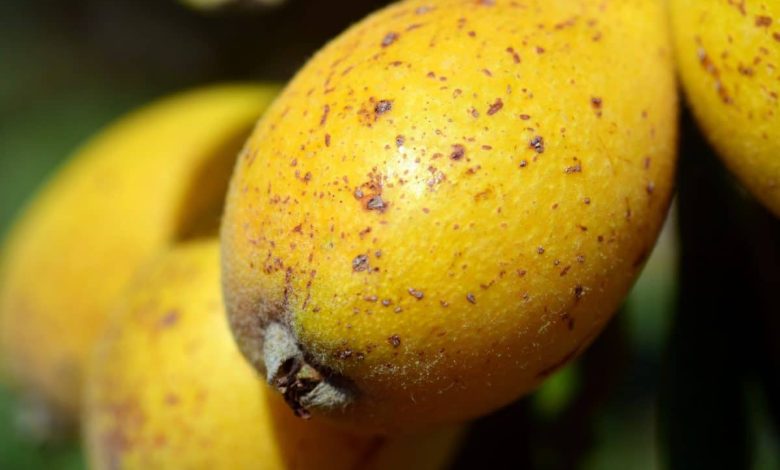
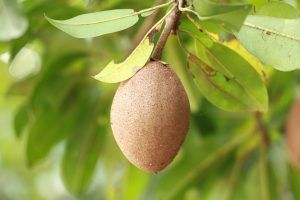 What will you learn in this article? To identify possible pests, diseases and other problems that the loquat may suffer, as well as to combat and prevent them.
What will you learn in this article? To identify possible pests, diseases and other problems that the loquat may suffer, as well as to combat and prevent them.
When choosing a fruit tree for the home garden, the loquat can be an excellent option.
This tree produces a fruit with a sweet and soft pulp that creates a feast of flavors on the palate.
So ensuring that it is healthy throughout its lifespan becomes a priority task that you can only accomplish by keeping it away from pests and diseases.
And for that you need to know what are the conditions that allow them to occur, also the symptoms and treatments that you will have to apply.
fruit fly
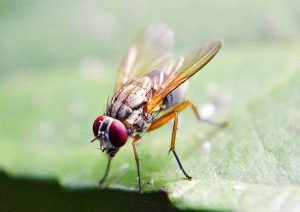 It is an unwelcome guest on almost any fruit-bearing type tree because they are attracted to the sweet smell they give off.
It is an unwelcome guest on almost any fruit-bearing type tree because they are attracted to the sweet smell they give off.
The female flies do most of the work, pecking at the fruit to open up a large enough space to lay their eggs.
What happens next? That these eggs hatch bringing to life some very small larvae that consume the interior of the fruit. And yes, this ends up ruining the fruit, if not in its entirety, at least it greatly reduces its commercial value.
Caring for the larvae is a complex task largely because they live inside the fruit. But you can work with the adults with the help of special traps to capture them and break the reproductive cycle.
In fact, there are homemade traps that you can make with a few supplies, such as plastic bottles and yellow paint. If you control the adult, you will most likely stop having problems with the larvae.
aphids
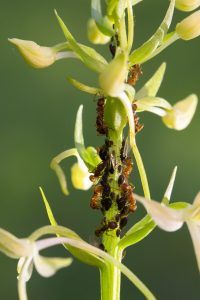 Aphids are pests that appear mainly between spring and summer, when the weather is warm and the humidity is a bit high.
Aphids are pests that appear mainly between spring and summer, when the weather is warm and the humidity is a bit high.
They are sucking insects, yes, the kind that climb the leaves and suck the sap to live.Since that part of the medlar plant is their favourite, they lodge on the underside of the leaves forming colonies.
Aphids can be different colors, but they are easily visible if you pay enough attention. You can combat them with organic insecticides that do not harm the quality of the fruit for consumption.
And if it is about small plants, the use of neem oil or potassium soap can also give you very good results.
birds
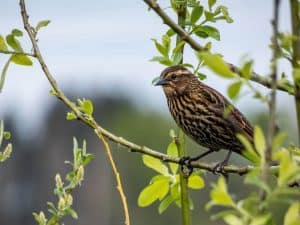 Although for many people it might seem exaggerated to mention birds in an article like this, the reality is that it is usually a fairly common problem.
Although for many people it might seem exaggerated to mention birds in an article like this, the reality is that it is usually a fairly common problem.
Birds are lovers of fruit trees because thanks to them they get the necessary food, so they spend their time fluttering and pecking.
The most worrying thing is that the birds attack the fruits when they are already ripe. That is, very close to the long-awaited harvest. A treatment as such is not possible, what you can do is work preventively by installing, for example, scarecrows in the surroundings.
medlar speckled
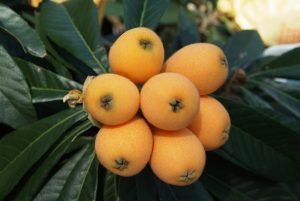 It is the main disease that we can mention of this fruit species and that appears with specks, as its name indicates, on the fruits.
It is the main disease that we can mention of this fruit species and that appears with specks, as its name indicates, on the fruits.
The spots are usually round and dark in color, causing a significant negative impact on the development of the fruit because it will not reach the usual size.
Spots can also appear on the leaves, which kills their vegetative and photosynthetic capacity. As a consequence, the plant does not have the energy to face the attack and ends up losing vigor.
It is important to note that loquat mottling appears under very specific conditions such as high humidity and rain, so it is associated with autumn.The treatment should be preventive because after affecting the fruits it is impossible to recover them.
For this reason, the use of a broad-spectrum fungicide is proposed, which you should apply on summer days.
Mealybugs
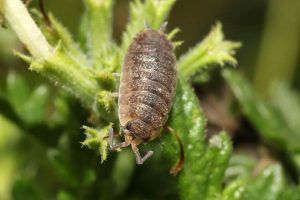 Mealybugs are pests that have a very efficient suction device to extract the sap from plants and use it for their own benefit.
Mealybugs are pests that have a very efficient suction device to extract the sap from plants and use it for their own benefit.
With their actions they cause a weakening of the structure that is strengthened with the particular secretions that they leave behind wherever they pass.
Yes, mealybugs are known for emitting a syrupy liquid that they leave on surfaces and that is interesting for other pests, such as ants.
In addition, by leaving open wounds on the medlar, it creates the ideal conditions for certain fungi to find a way of entry. One of the most common (and which is also associated with the appearance of aphids) is the bold that fills the plant with a black powder.
The way to combat mealybugs is similar to aphids, either by using insecticides, neem oil or potassium soap.
purple stain
The purple spot is one of the «kindest» diseases that can attack the loquat because it is caused by a nutritional deficit.This deficit corresponds to the micronutrients zinc and calcium, so the corrective process will logically involve applying fertilization around these two.
It is also important to note that it manifests itself under very high humidity conditions, so both elements must coexist. The symptoms of the purple spot are manifested on the fruits, which stop having a normal shell so that it becomes purple.
And although it may appear in a certain area in the first instance, the stain will come to occupy the entire surface of the fruit. These stains cause a negative effect on their commercial value.
But they do not harm the future life of the plant, as is possible with other types of diseases, especially those of fungal origin.
Keeping loquat trees healthy is a task that will not cost you too much work if you apply the recommended care for their cultivation. Within these, special attention must be paid to fertilization according to the demands of this species and the irrigation processes.
High humidity conditions are triggers for many diseases, while also attracting certain pests. So pay enough attention to all these issues and ensure that your next harvest will be a dream of abundance and quality.
Bibliographic references
- Faunistic analysis, population fluctuation and parasitoids associated with fruit flies ( Diptera: Tephritidae) in loquat, P Salazar-Mendoza, I Peralta-Aragón… – REVISTA PERUANA…, 2018 – researchgate.net
- Survey of phytophagous species associated with the cultivation of loquat (Eribotrya japonica Lind.) in the fifth region, U Gonzalez, K Clara – 2003 – sidalc.net
- Fusicladium eriobotryae: fungus that causes loquat mottling in the Spanish Mediterranean, PS TORRES, R Hinarejos – Plant Health Bulletin. Pests, 2007 – mapa.gob.es
- The speckled loquat in the Marina Baixa, EG Domínguez, JA Fortí, JG Jiménez… – Phytoma España: La…, 2013 – dialnet.unirioja.es
- Purple spot on Japanese medlar (Eriobotrya japonica Lindl.) cv.’Algerie’ .Factors related to its appearance, J Jiménez Jiménez – 2017 – repository.ual.es
- The purple spot of the Japanese loquat: effect of fruit thinning and branch ringing, M González-Padierna, M Moreno … – Phytoma España: La…, 2001 – dialnet.unirioja.es
Maybe you are also interested in:


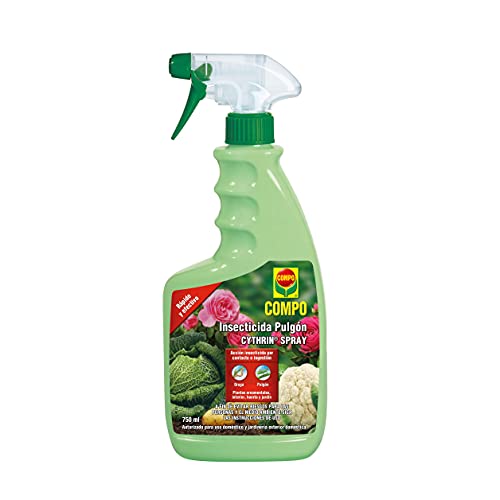
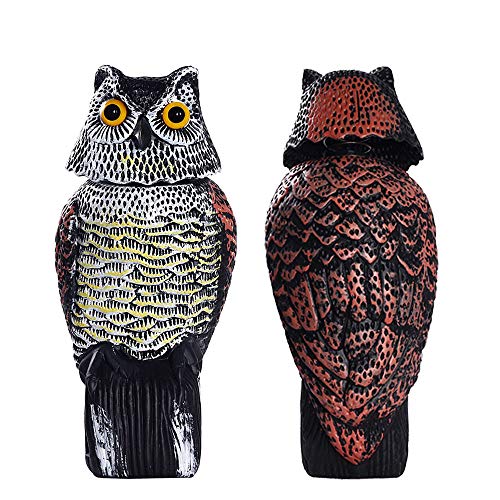
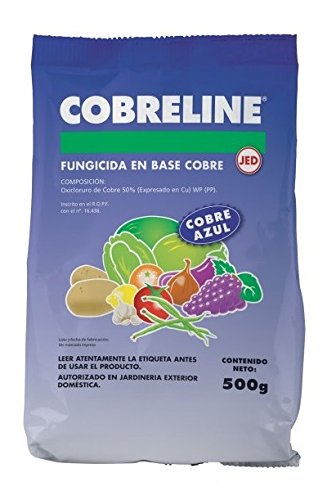

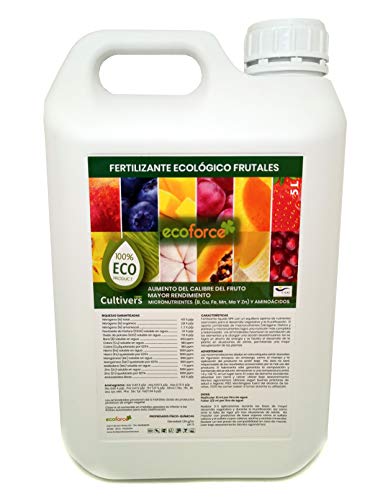

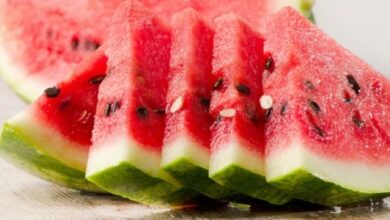
![Photo of Cauliflower Pests and Diseases: [Detection, Causes and Solutions]](https://www.complete-gardening.com/wp-content/uploads/2021/06/coliflor_1603700360-390x220.jpg)

